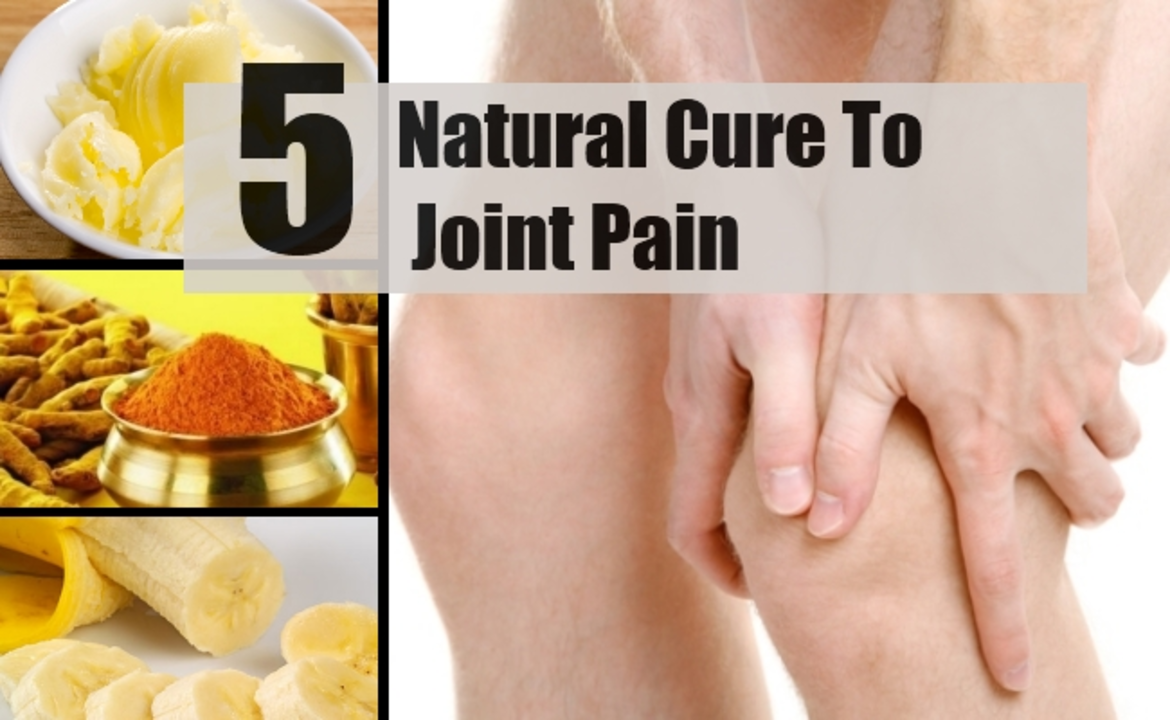As a blogger, I recently explored the world of natural remedies for joint pain. Through my research, I discovered that some effective options include turmeric, ginger, and omega-3 fatty acids, which have anti-inflammatory properties. On the other hand, I found that some remedies, like applying heat or ice, may only provide temporary relief. Overall, it is essential to consult with a healthcare professional before trying any new treatments, as not all natural remedies may work for everyone. Remember, it's crucial to find the best solution tailored to your individual needs.
Joint Pain: Fast Relief and Long Term Fixes
Joint pain shows up in many ways, from dull ache and stiffness to sharp twinges. You do not have to accept it as normal. This guide gives straight practical steps you can try today to ease pain and improve joint health over time.
First aid at home works more often than you think. For recent injuries use rest, ice for 15 to 20 minutes every few hours and compression if swelling is visible. For chronic aches heat before activity loosens stiff muscles and cold after activity reduces swelling. Over the counter options like ibuprofen or naproxen lower inflammation and pain when used as directed. Topical gels or patches can numb a sore joint with fewer systemic effects.
Movement helps. Gentle exercises keep joints lubricated and muscles strong. Try walking, cycling, swimming or basic range of motion moves for five to twenty minutes daily. Strength training around the joint, such as light squats for knees or rows for shoulders, takes pressure off painful areas. If you are unsure, a physical therapist can give a short plan tailored to your body.
Small lifestyle changes add up. Losing even a few pounds reduces load on knees and hips. Swap high impact activities for low impact ones if pain flares. Wear supportive shoes and avoid standing on hard floors for long stretches. Use small aids like canes, braces, or cushioned insoles to reduce strain during daily tasks.
Nutrition and supplements can support joint health. Foods rich in omega 3s, vitamin D and antioxidants help with inflammation. If you have low vitamin D or calcium issues talk with your doctor, since drugs like calcitriol are used for specific problems. Popular supplements include glucosamine, chondroitin and MSM; some people notice benefits but results vary. Always tell your provider about any supplement to avoid interactions with other medications.
When to see a doctor
Seek medical help if pain is severe, sudden or paired with fever, redness or joint deformity. Also see a clinician if over the counter medicines stop working or pain limits daily life for weeks. A doctor can order tests, rule out infection, autoimmune disease, or crystal related issues, and suggest targeted treatments from steroid injections to prescription drugs or surgery when needed.
Medication and other treatments
Short term NSAIDs control inflammation while acetaminophen helps with pain but not swelling. For specific causes doctors may prescribe disease modifying drugs for arthritis, diuretics for fluid issues, or antibiotics for infections. Physical therapy, hyaluronic acid injections and platelet rich plasma are non surgical options some patients try. Joint replacement remains a reliable solution for severe persistent damage.
Pick options that fit your life. Combine movement, sensible weight management, smart use of medications, and targeted help from clinicians. Small consistent steps often yield the biggest improvement in comfort and mobility.
Check trusted sources and talk with your doctor before starting treatments or supplements. Early action can prevent long term problems and keep you active everyday choices matter for your future.

